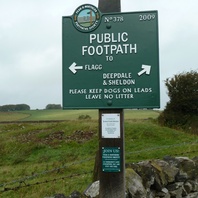
Viking Names
Flagg
Flagg, in the High Peak Hundred of Derbyshire, is a simplex place-name perhaps from the dative plural form (-um) of Old Norse flag ‘a turf, a sod’ with the meaning ‘place where the turfs were cut’.
Read More
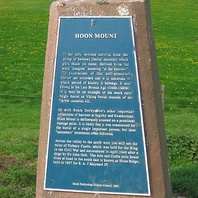
Viking Names
Hoon
Hoon, in the Appletree Hundred of Derbyshire, is a simplex place-name from haugum, the dative plural form of Old Norse haugr ‘a natural height, a hill, a heap, an artificial mound, a burial mound’, which gives the sense ‘at the barrows’. One of these barrows is now called Hoon Mount.
Read More
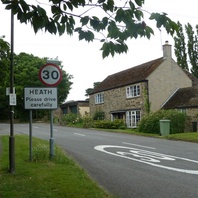
Viking Names
Heath
The eatlier name for Heath, in the Scarsdale Hundred of Derbyshire, was Lund from Old Norse lundr ‘grove, small grove’. Heath from Old English hǣð ‘heather; a tract of uncultivated land’ replaced the older name which remains only as a field name.
Read More
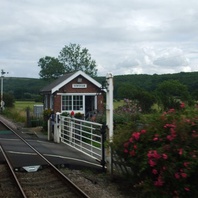
Viking Names
Howsham
Howsham, in the Yarborough Wapentake of Lincolnshire, is a simplex place-name from the dative plural of Old English hūs or Old Norse hús, both elements have the meaning ‘a house; also sometimes used of a building for special purposes’, so húsum ‘at the houses’. The weakly stressed -um was subsequently interpreted as -ham. This is a common formation in Denmark, so the place-name is likely Danish in origin.
Read More
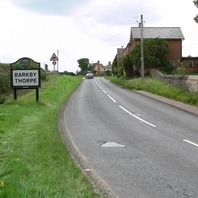
Viking Names
Barkby Thorpe
Barkby Thorpe, in the East Goscote Hundred of Leicestershire, is originally a simplex name from Old Norse þorp ‘a secondary settlement, a dependent outlying farmstead or hamlet’. This was a secondary settlement dependent on adjoining Barkby, thus the affix.
